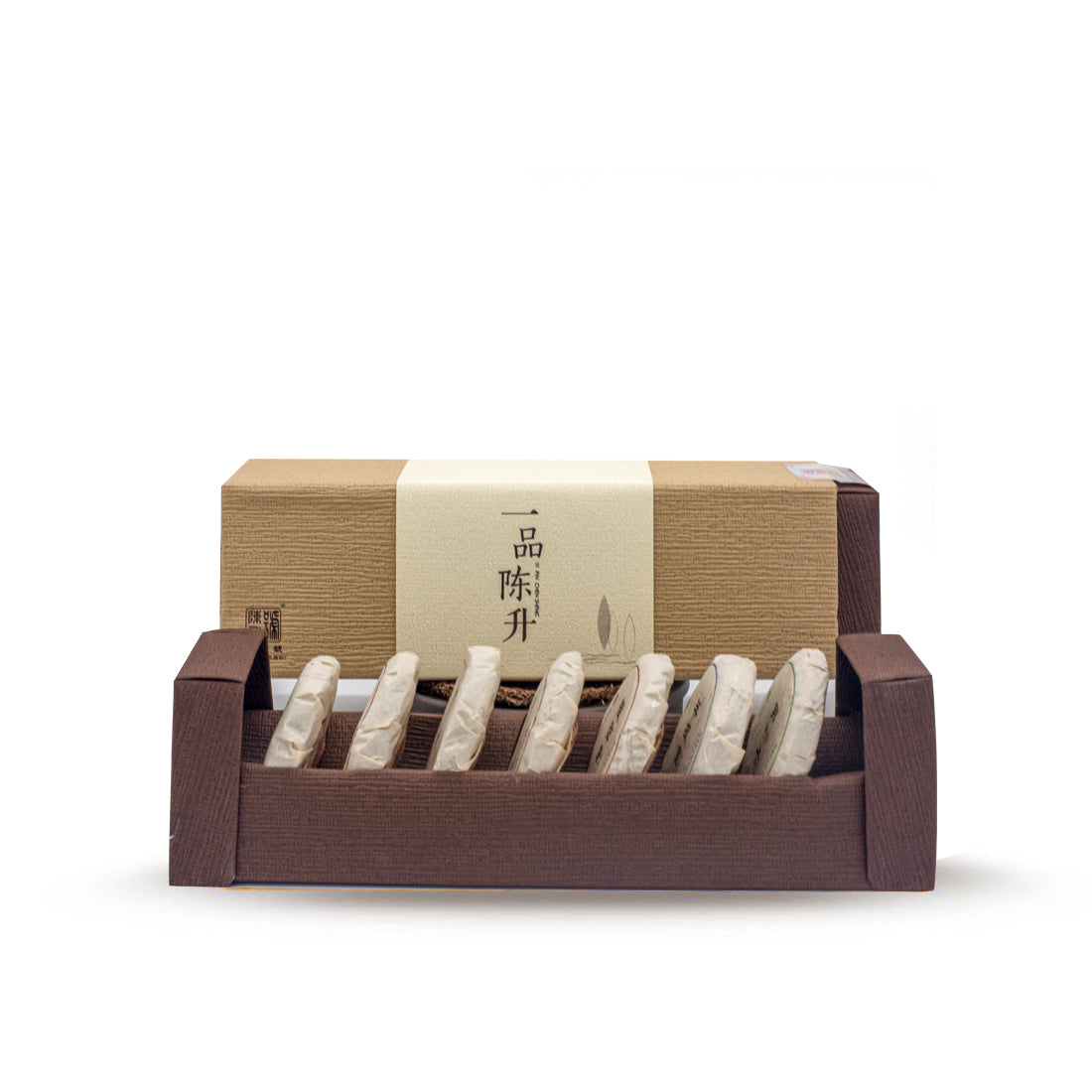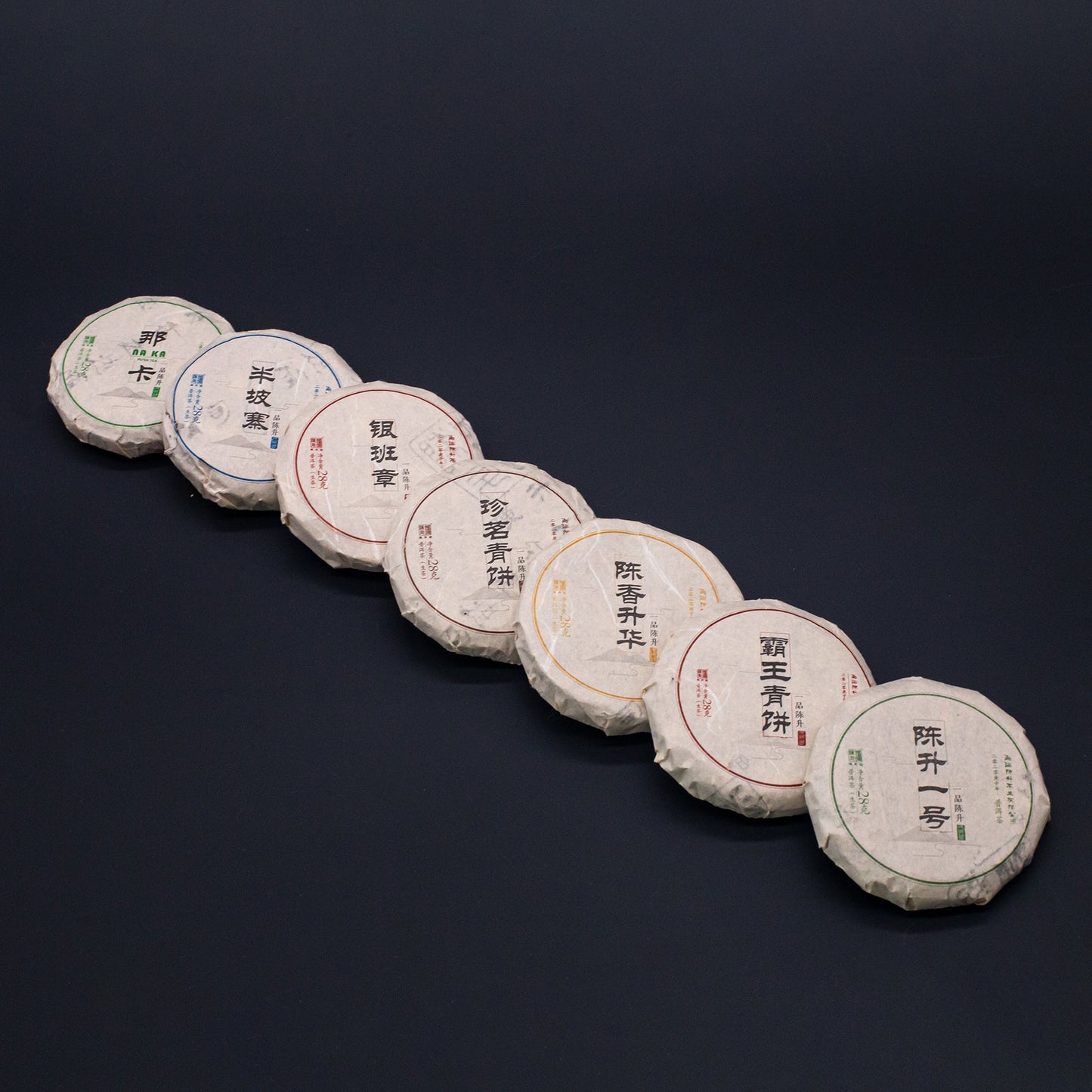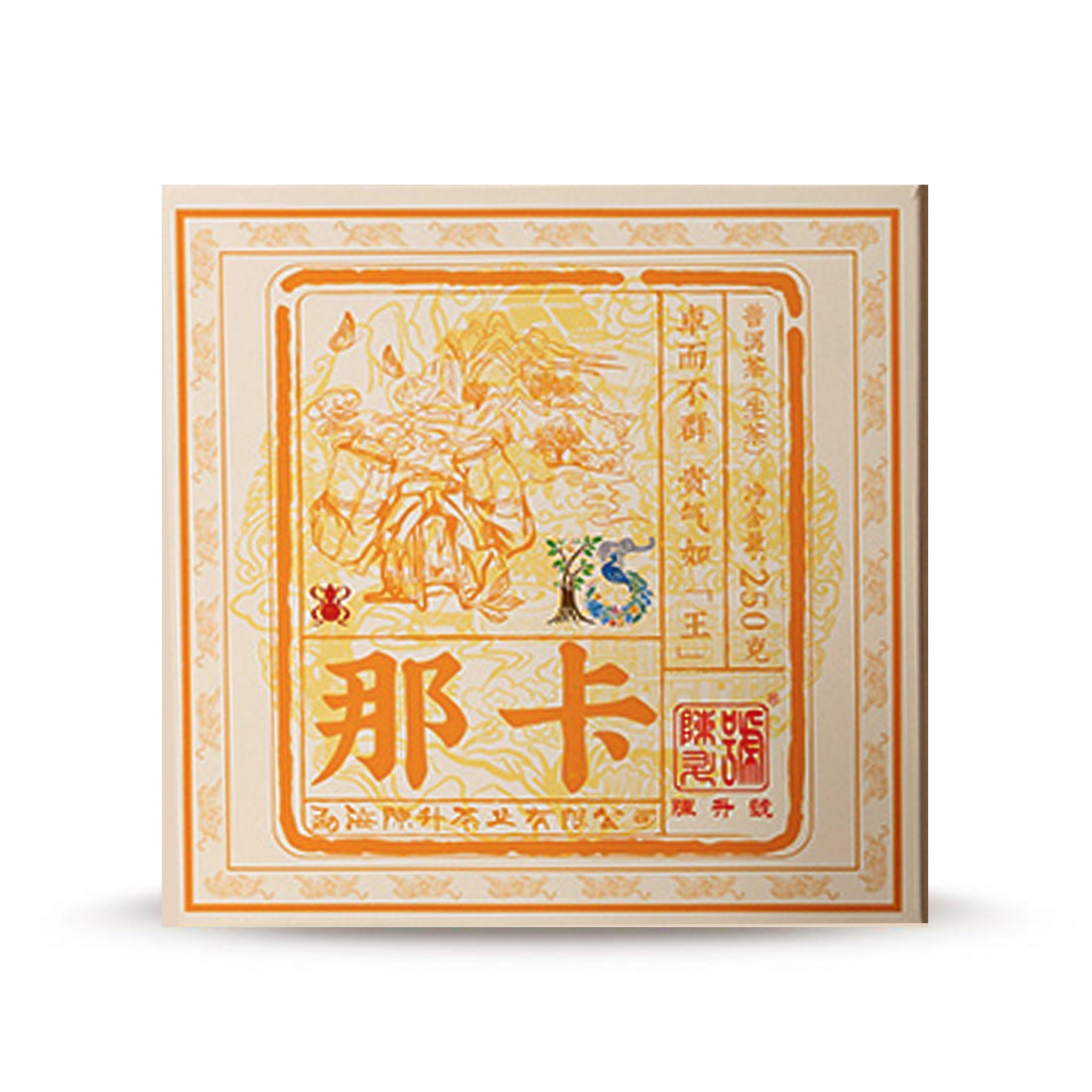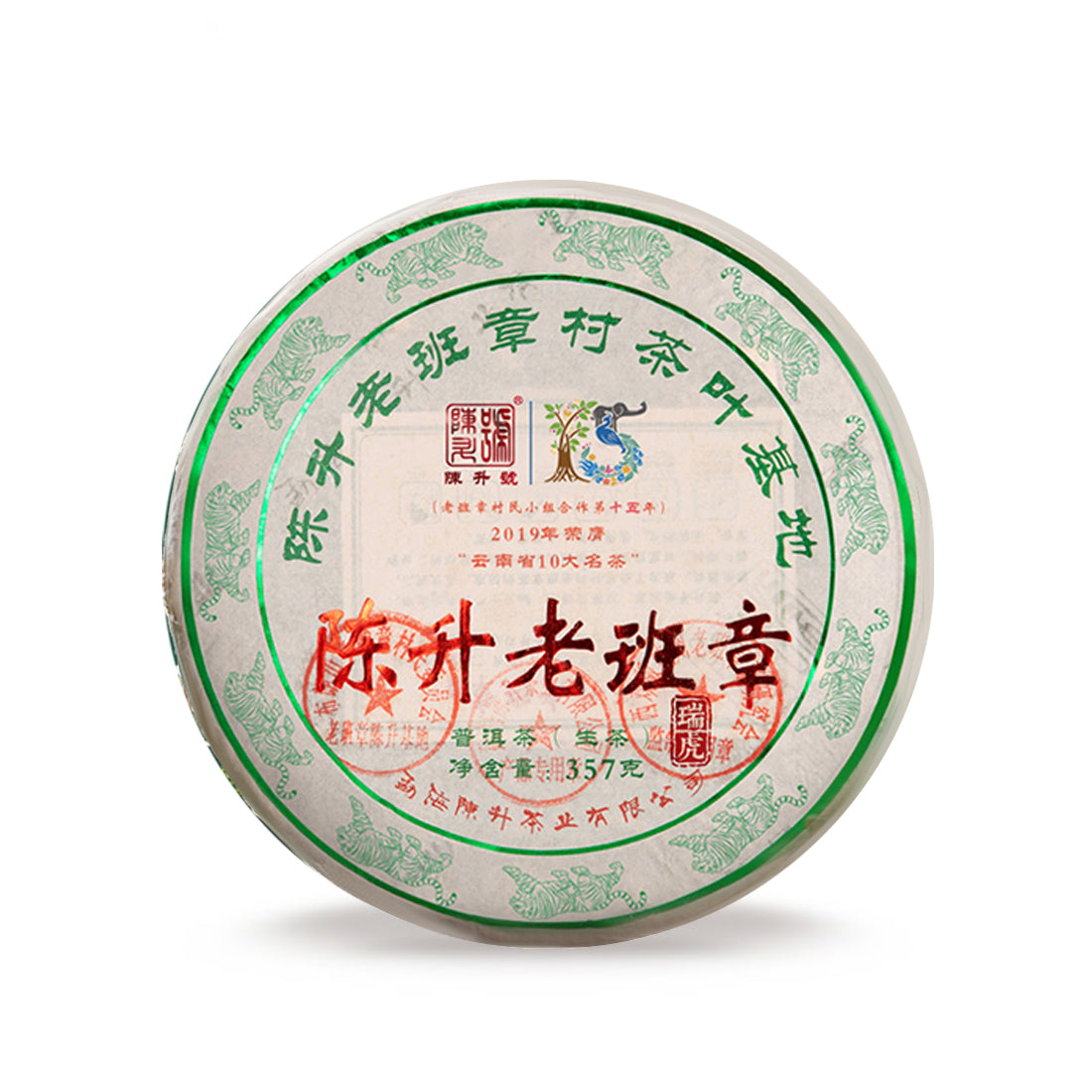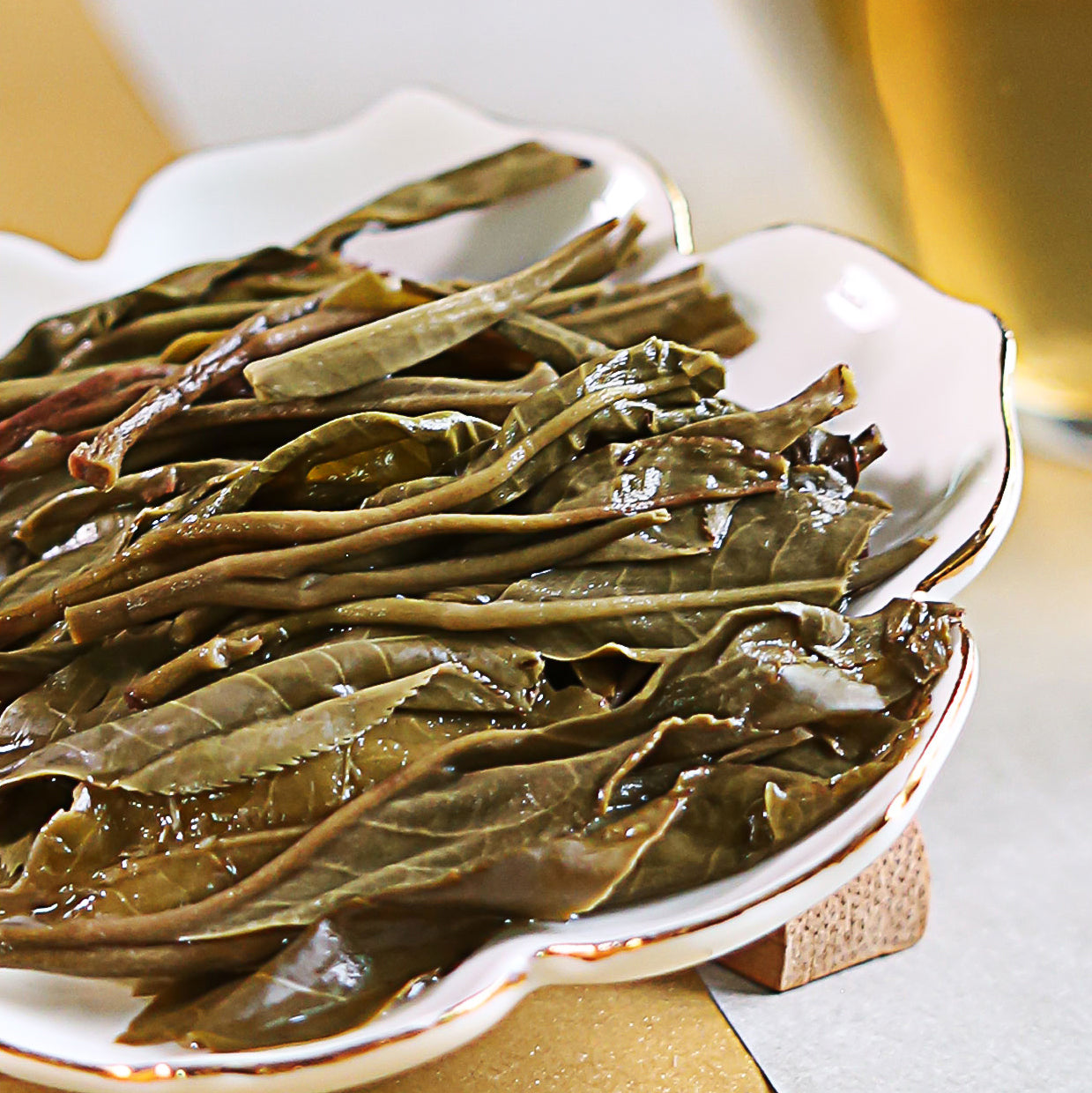How to Store Pu-erh Tea: Expert Tips for Optimal Freshness
Pu Erh tea is a variety of fermented tea produced in Yunnan province, China. It is available in two types:
Your Pu Erh's flavor profile changes over time, demonstrating how important proper storage is.
Characteristics
- Flavor: Earthy, woody, and, with age, mellow sweetness
- Color: Deep, reddish-brown tones
- Aroma: Musty, reminiscent of wet earth or wood
Fermentation Process
- Sheng: Naturally ages over time, developing complexity
- Shou: Undergoes accelerated fermentation, resembling aged Sheng
Shapes of Pu Erh
- Cake (most common)
- Brick
- Tuocha (small, bird's-nest shape)
Each shape affects how you'll store the tea due to differing surface areas and compaction.
Health Benefits (claimed but not always scientifically substantiated)
- Aids in digestion
- Potentially helps manage cholesterol
Cultural Significance
Pu Erh tea holds a valuable position in Chinese tea culture, often used in traditional ceremonies and collected as an investment.
Remember, the key to enjoying Pu Erh at its best is respect for its unique properties and storage needs.
Initial Storage Preparation
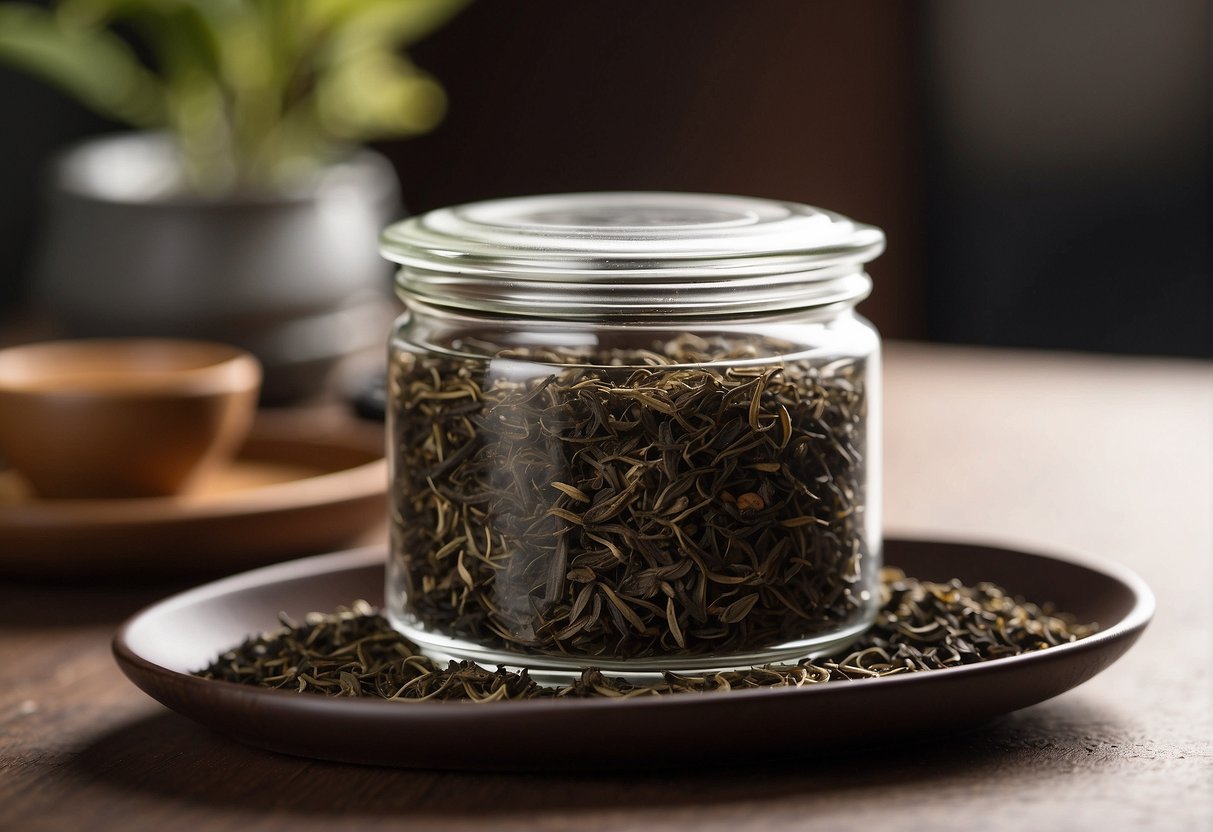
Before storing Pu Erh tea, it is crucial to handle initial preparations properly to maintain its unique qualities and ensure the tea ages well.
Curing New Pu Erh Tea
As a new owner of Pu Erh tea, you should first cure it. To cure your tea, place it in a moderately humid environment for a few weeks. This step allows any residual odors from processing and shipping to dissipate and the leaves to acclimate to the new environment.
- Humidity: 60-70%
- Temperature: 20-25°C (68-77°F)
- Timeframe: 2-4 weeks
Selecting Storage Containers
Choosing the right container is essential for long-term Pu Erh storage.
- Material: Use natural materials like ceramic, clay, or wooden boxes.
- Sealable: Opt for a container that can close well but isn’t airtight; the tea needs to breathe.
- Size: Similar to the volume of your Pu Erh to avoid excess air.
Avoid metal or plastic as they may alter the tea's flavor.
Prepping Storage Area
Prepare your storage area with care to provide the best environment for your Pu Erh tea.
- Ventilation: Ensure good air circulation without direct drafts.
- Odor-Free: The area should be devoid of strong smells, as the tea can absorb them.
- Consistent Conditions: Aim for stable humidity and temperature, avoiding fluctuations.
- Away from Light: Store in darkness to slow down oxidation and degradation.
Optimal Storage Conditions
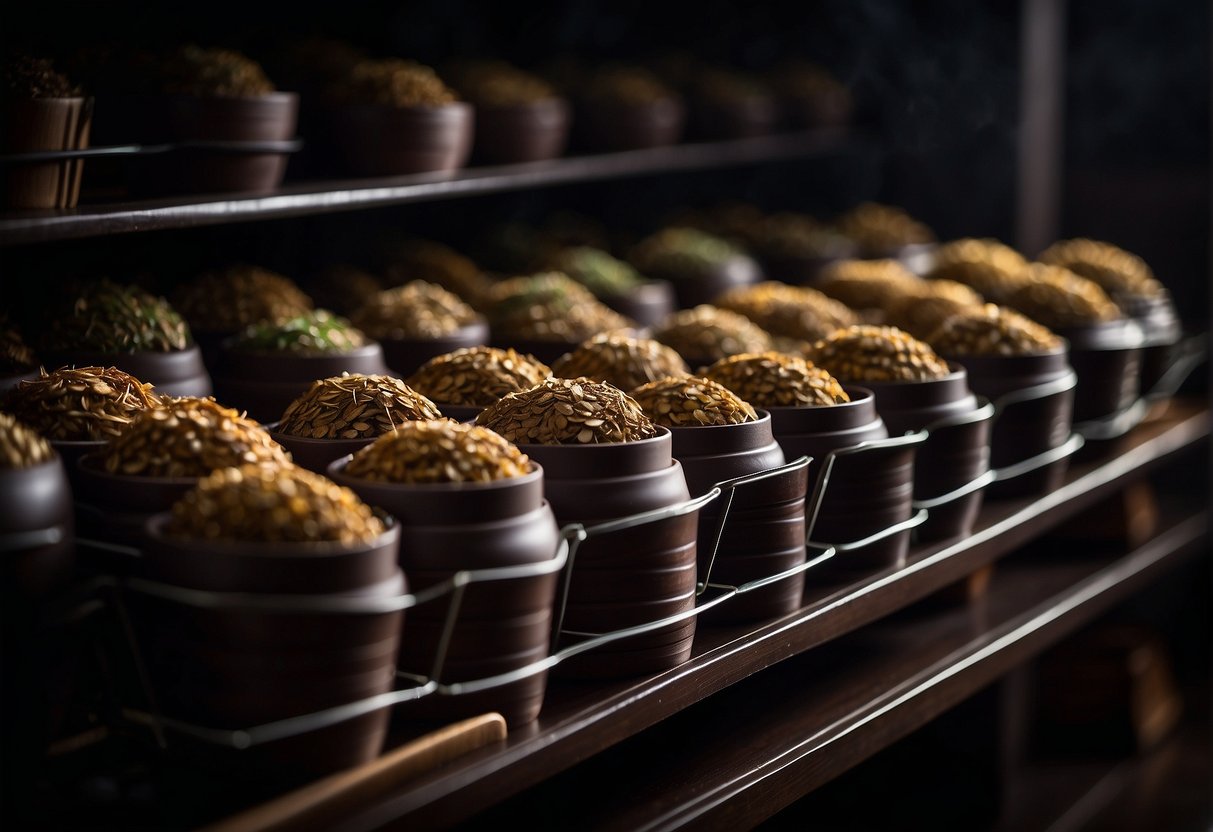
For peak freshness and flavor, your pu-erh tea requires specific storage conditions tailored to maintain its unique qualities.
Temperature Control
You should store your pu-erh tea at a consistent temperature, ideally between 60°F and 75°F (15°C and 24°C). This range helps to ensure the tea ages properly while preventing the development of off-flavors.
Humidity Management
Maintaining a relative humidity around 60%-75% is crucial for pu-erh storage. Use hygrometers to accurately monitor the environment, and if needed, employ humidifiers or dehumidifiers to adjust the moisture in the air.
Air Circulation
Good air circulation is important to prevent mold growth and allow the tea to "breathe." Make sure your storage area is not completely airtight and that there is a slight flow of clean air that can interact with the tea.
Light Exposure
Keep your pu-erh tea away from direct sunlight and bright artificial lights, as these can degrade the quality of the tea leaves. Store it in a dark place or use opaque containers to shield the tea from light.
Long-Term Storage Strategies
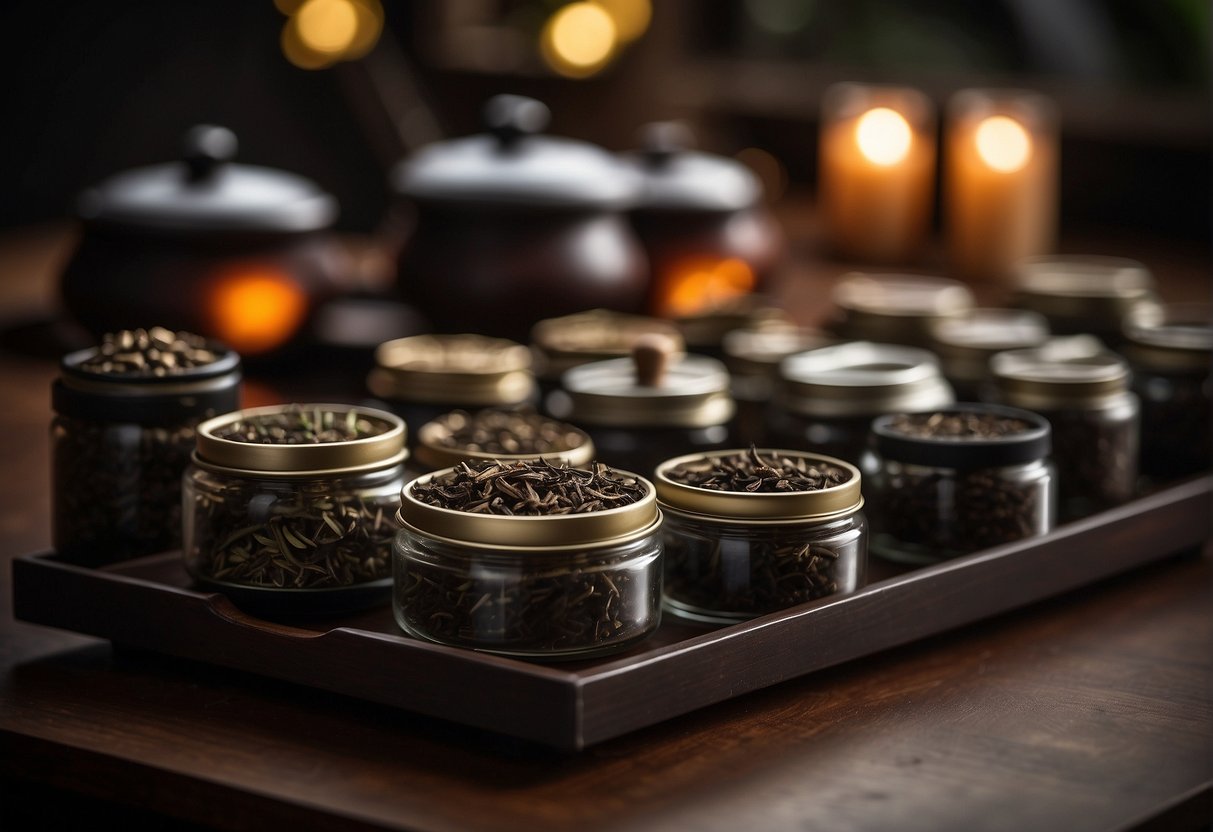
For optimal longevity of your pu-erh tea, maintain a stable environment. Aim for a temperature between 20°C to 30°C (68°F to 86°F) and a relative humidity level around 60-70%. These conditions help pu-erh tea mature appropriately.
Avoid fluctuations by storing your tea away from heat sources, such as stoves, heaters, or direct sunlight.
Use appropriate storage containers, such as:
- Clay jars, which allow for minimal air exchange without letting in contaminants.
- Wooden boxes, offering a neutral environment; cedar is discouraged as it can transfer its aroma.
- Porcelain containers, preferred for tighter seals against external odors.
Keep your pu-erh tea in its original packaging if possible, especially if it's wrapped in breathable paper. This helps maintain its authenticity and prevents cross-contamination of flavors.
Monitor your storage conditions periodically for changes in temperature, humidity, and potential odors that could affect the tea's quality.
Consider these storage options:
| Environment | Container | Advantage |
|---|---|---|
| Home | Clay jars | Stable humidity control, minimal air exchange |
| Office | Wooden boxes | Neutral, prevents flavor transfer with correct wood |
| Storage unit | Porcelain jars | Tightly sealed, guards against odors |
By adhering to these guidelines, your pu-erh tea can age gracefully, developing complexity and depth over time.
Monitoring and Adjusting Storage Conditions
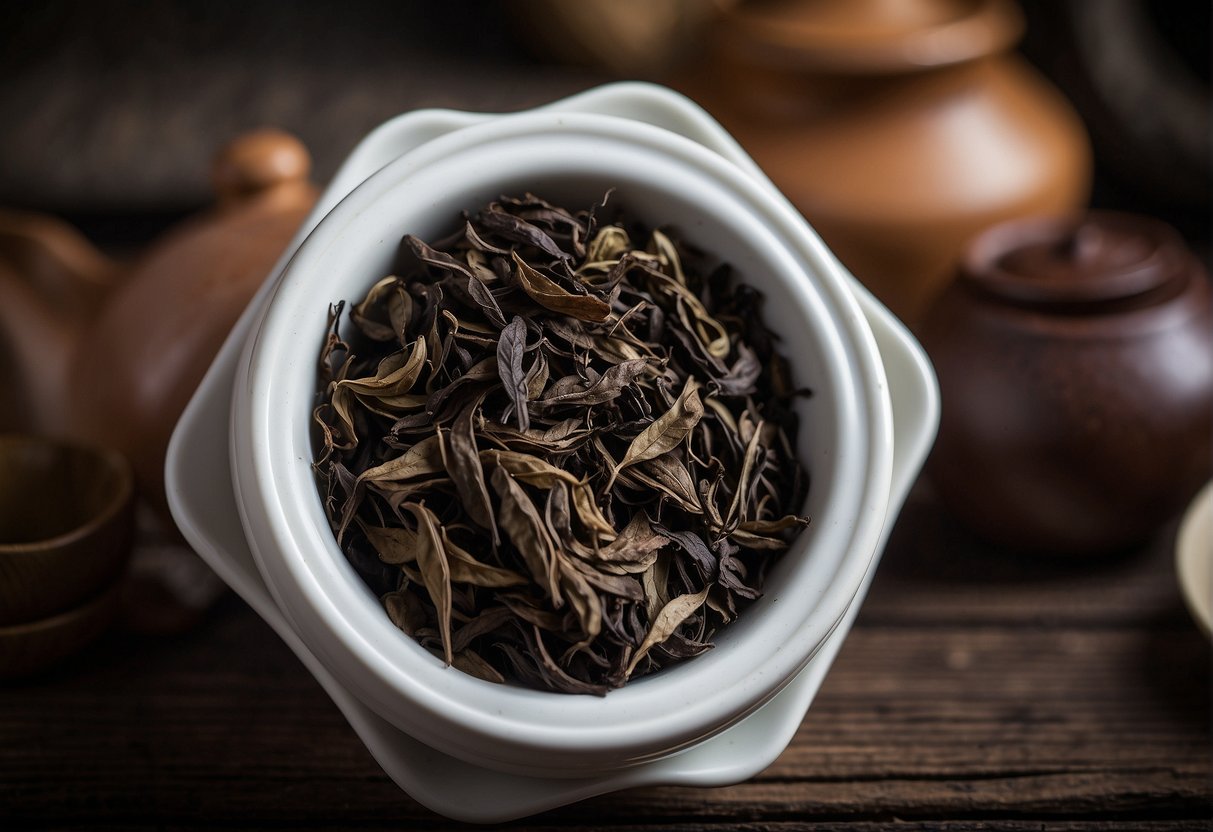
When storing Pu-erh tea, you must actively monitor and adjust the storage conditions to maintain the quality of your tea. Humidity and temperature are critical factors that can significantly affect the aging process of Pu-erh tea.
Humidity:
- Ideal Range: 60-75%
- Monitoring Tool: Hygrometer
- If too high, risk of mold: use silica gel packets to absorb moisture.
- If too low, tea may dry out: place a bowl of water in the storage area to gradually increase humidity.
Temperature:
- Ideal Range: 20-25°C (68-77°F)
- Monitoring Tool: Thermometer
- To lower temperature, use air conditioning or move tea to a cooler location.
- To raise temperature, use a heat source or relocate tea to a warmer area.
Circulation of air is also essential to prevent the accumulation of any unwanted odors and to avoid mold growth. Ensure your storage area is well-ventilated and free from strong odors.
- Check ventilation: Open storage area periodically.
- Avoid storing near: Kitchens, garbage, or any area with strong smells.
Regular inspection of your Pu-erh tea helps detect any issues early on. Examine the tea leaves monthly for any signs of mold or undesirable changes in aroma and appearance. Adjust your storage practices as necessary to maintain the best environment for your Pu-erh tea's maturation process.
Common Storage Mistakes to Avoid
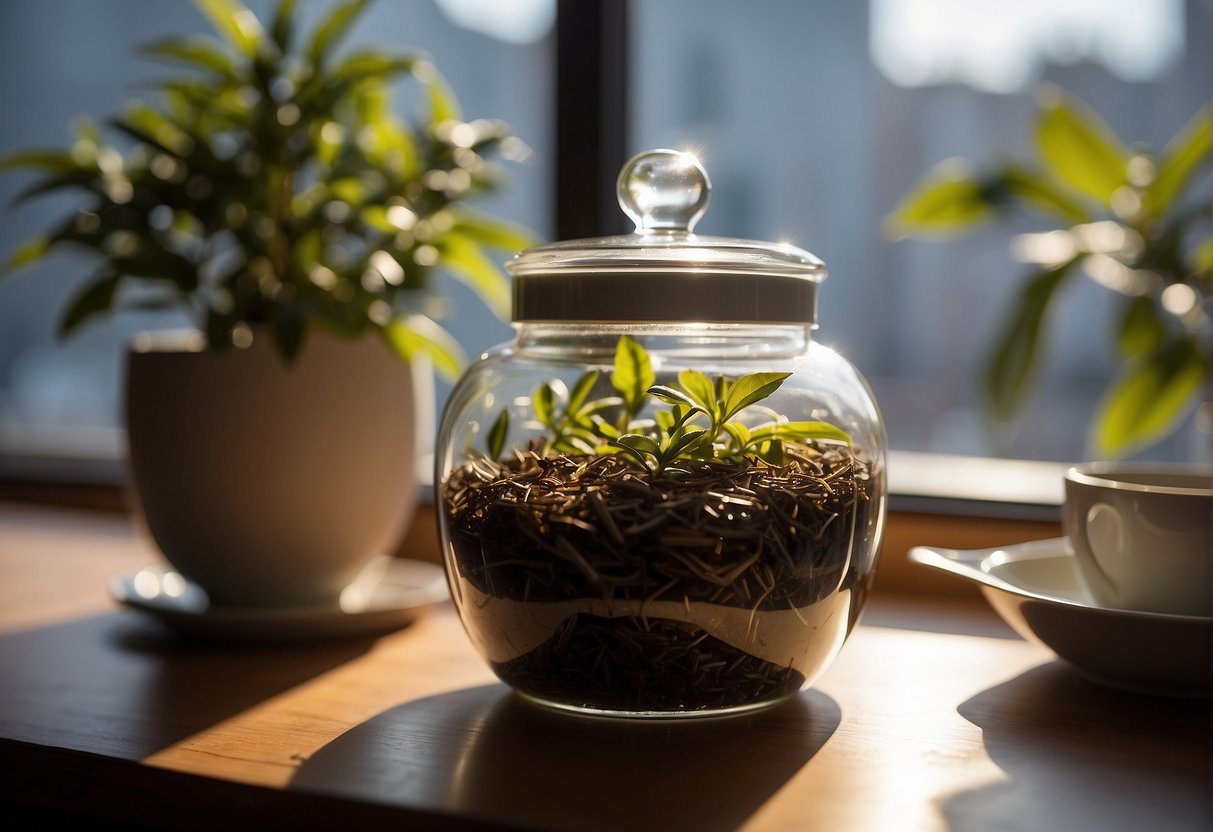
When storing Pu-erh tea, it's crucial to maintain its quality by avoiding several common storage pitfalls:
-
Exposing to Strong Odors: Keep your Pu-erh away from strong-smelling items. Pu-erh is highly absorbent and can take on nearby odors, which may spoil its natural aroma.
-
Improper Humidity Levels: Aim for a relative humidity of 60-70%. Excessive dryness can halt the aging process, while too much moisture can lead to mold.
-
Inconsistent Temperature: Avoid fluctuations in temperature. Store your tea at a consistent temperature, ideally between 20-25°C (68-77°F).
-
Direct Sunlight: Sunlight can degrade the quality of Pu-erh tea. Store it in a dark place to protect it from light exposure.
-
Storing with Other Teas: Pu-erh should be stored separately. Mixing it with other teas can cause cross-contamination of flavors.
-
Using Unsuitable Containers: Use containers made of materials like porous clay or wood, which support proper air circulation. Avoid airtight plastic or glass for long-term storage.
| Storage Factor | Recommended Condition |
|---|---|
| Odor | Isolate from strong smells |
| Humidity | 60-70% |
| Temperature | Steady 20-25°C (68-77°F) |
| Light | Store in darkness |
| Commingling Teas | Avoid storing different teas together |
| Container Material | Prefer porous clay or wood; avoid airtight seals |
Handling and Accessing Stored Tea

When you need to access your Pu-erh tea, it's crucial to maintain the integrity of the storage environment. Handle with care to prevent any unnecessary damage to the tea leaves.
- Sanitize Your Hands: Always wash and dry your hands before touching the tea to avoid contamination.
- Tools: Use a specialized Pu-erh tea needle or knife for prying apart the leaves or cakes to prevent breaking them excessively.
| Task | Equipment | Notes |
|---|---|---|
| Prying tea cakes | Tea needle/knife | Gently insert and wiggle to separate leaves. |
| Transferring tea | Clean utensils | Avoid touching the tea directly with your hands. |
| Sampling | Small scoop | Take only what you need to maintain tea freshness. |
- Careful Movement: Move any containers or cakes slowly to avoid agitating the leaves, which can lead to breakage and ultimately affect the brew's quality.
- Re-sealing: If your tea is in a container, ensure it's re-sealed properly after each use to maintain the appropriate humidity and temperature levels, essential for proper aging.
- Record Keeping: Mark the date of access on the storage container to monitor the tea's exposure to air and track the aging process when storing larger quantities or for extended periods.
By adhering to these guidelines, you'll preserve the quality and enhance the aging potential of your Pu-erh tea.
Frequently Asked Questions
In this section, you'll find targeted information addressing common inquiries regarding the storage and consumption of Pu-erh tea.
What is the appropriate method for long-term storage of Pu-erh tea?
For long-term storage, keep Pu-erh tea in a cool, ventilated, and dry place away from strong odors. Proper airflow is important to facilitate the aging process, especially for raw Pu-erh.
Is there a specific type of container that is best for storing Pu-erh tea?
Ceramic and porcelain containers are excellent choices for storing Pu-erh tea as they allow the tea to breathe and do not impart any other flavors into the tea. Avoid airtight plastic bags and containers.
Can Pu-erh tea spoil, and how can you tell?
Pu-erh tea can spoil if stored improperly, often indicated by a musty or sour smell. Mold on the tea cake or a change in the color of the leaves also implies spoilage.
What considerations should be taken into account when storing fermented Pu-erh tea?
Fermented Pu-erh should be stored separately from raw Pu-erh to prevent cross-contamination of flavors. Also, ensure your storage space has consistent temperature and humidity to avoid mold growth.
How frequently can one safely consume Pu-erh tea?
You can consume Pu-erh tea daily. Start with one cup per day and adjust based on your personal caffeine tolerance and reaction to the tea.
What are the steps to properly brew Pu-erh tea?
Begin by rinsing the Pu-erh tea with boiling water quickly to remove any dust. Brew with water just off the boil for around 20 seconds for the first infusion, increasing the steeping time for subsequent infusions.
← Older post Newer post →



